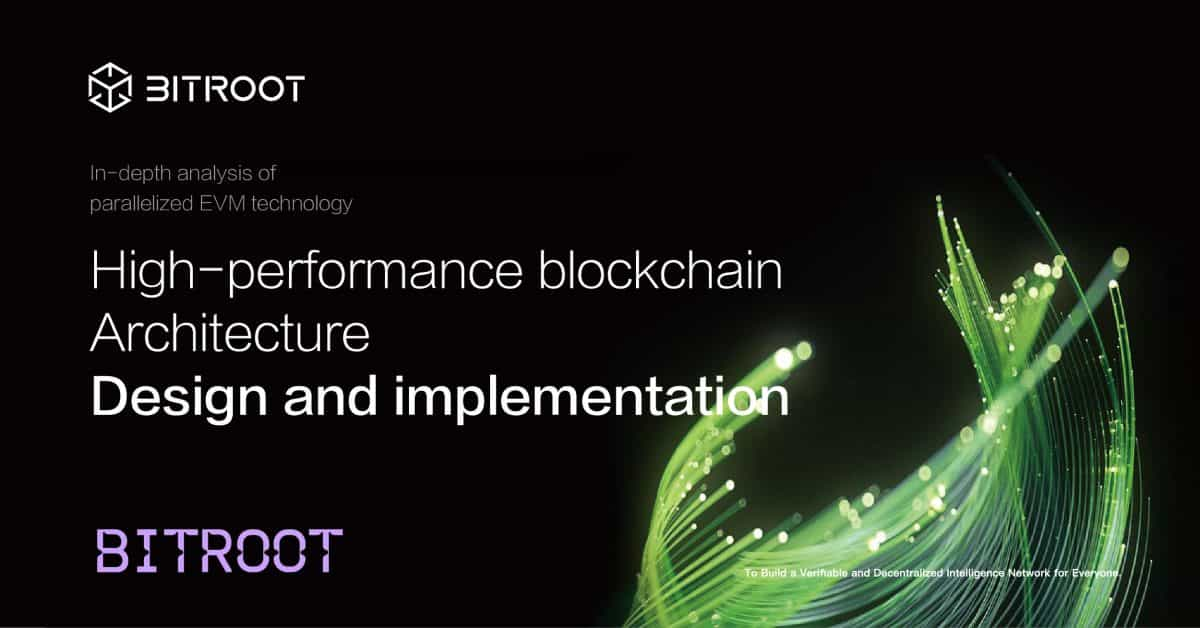MIT, Boston Fed go public with 'Project Hamilton' central bank digital currency research


Open-source software developed in a collaborative research project between the Federal Reserve of Boston and the Massachusetts Institute of Technology's Digital Currency Initiative was released Thursday.
The two sides announced their collaboration last August, forming a key component of a broader investigation of central bank digital currencies (CBDC) by Federal Reserve officials. While no decision has been made on whether the Fed will go live with a digital dollar in the near future, the Fed has been busy, recently releasing a report on the benefits and risks of a US-centric digital currency.
Thursday's release was comprised of "a theoretical high-performance and resilient transaction processor for a CBDC by developing open-source research software, OpenCBDC." The phase-one publication included code on GitHub as well as a white paper.
"It is critical to understand how emerging technologies could support a CBDC and what challenges remain," Jim Cunha, executive vice president at the Boston Fed, said in a statement. "This collaboration between MIT and our technologists has created a scalable CBDC research model that allows us to learn more about these technologies and the choices that should be considered when designing a CBDC."
Notably, the white paper stressed that "[d]espite using ideas from blockchain technology, we found that a distributed ledger operating under the jurisdiction of different actors was not needed to achieve our goals."
The paper's executive goes on to state:
"Specifically, a distributed ledger does not match the trust assumptions in Project Hamilton’s approach, which assumes that the platform would be administered by a central actor. We found that even when run under the control of a single actor, a distributed ledger architecture has downsides. For example, it creates performance bottlenecks, and requires the central transaction processor to maintain transaction history, which one of our designs does not, resulting in significantly improved transaction throughput scalability properties."
Looking ahead, the work sets the stage for an additional phase of research, which the paper fleshed out in terms of areas of priority.
"In Phase 2 of Project Hamilton, the Boston Fed and MIT DCI will explore new functionality and alternative technical designs," the authors wrote. "Research topics may include cryptographic designs for privacy and auditability, programmability and smart contracts, offline payments, secure issuance and redemption, new use cases and access models, techniques for maintaining open access while protecting against denial of service attacks, and new tools for enacting policy. In addition, we hope to collaborate and explore these challenges with other technical contributors from a variety of backgrounds in the open source repository."






